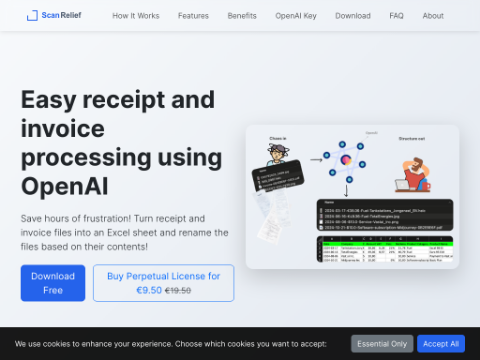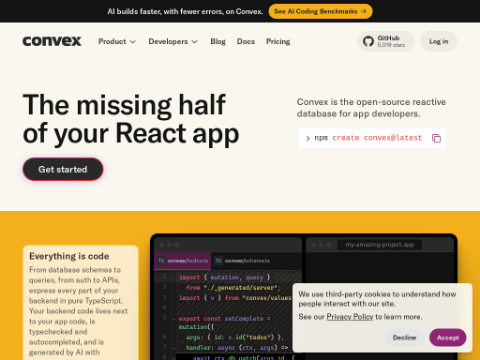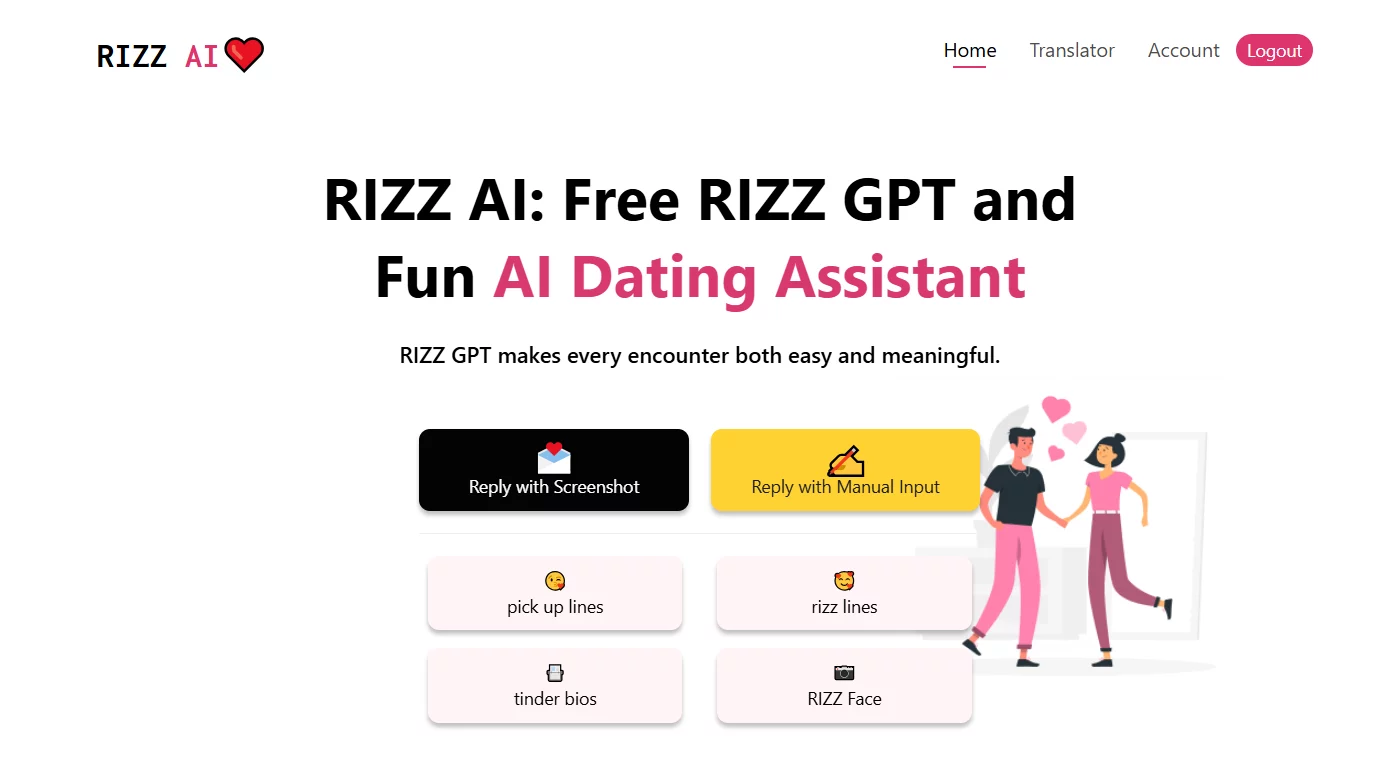In the context of Washington's increasingly minimalist regulatory approach towards artificial intelligence, AI platform company Hugging Face has presented a contrasting perspective to the Trump administration: open-source and collaborative AI development could become America's strongest competitive advantage.
Hugging Face, an AI company hosting over 1.5 million public models across diverse domains, has submitted recommendations to the White House's AI Action Plan. They argue that recent breakthroughs in open-source models demonstrate these systems can match or even surpass closed commercial systems at significantly lower costs.
In their submission, Hugging Face highlighted recent achievements such as OlympicCoder outperforming Claude 3.7 in complex coding tasks while using only 7 billion parameters, and AI2's fully open OLMo 2 model matching the performance of OpenAI's o1-mini. These accomplishments further validate the superior performance of open-source models.
This submission forms part of the Trump administration's broader consultation process for its upcoming AI Action Plan. Mandated by Executive Order 14179, "Removing Obstacles to American Leadership in AI," issued in January 2023, the plan aims to enhance US competitiveness while reducing regulatory barriers to development.
Unlike commercial AI leaders like OpenAI who strongly advocate for light regulation and "innovation freedom in national interest," Hugging Face emphasizes the importance of openness and collaboration. They argue that an open approach not only strengthens America's competitive position but also promotes broader participation in the AI ecosystem.
Hugging Face's recommendations revolve around three interconnected pillars aimed at democratizing AI technology. The first pillar calls for increased investment in research infrastructure like the National AI Research Resource, ensuring broad access to trusted datasets to strengthen the open-source AI ecosystem. This contrasts sharply with OpenAI's emphasis on copyright exemptions.
The second pillar focuses on addressing resource limitations faced by small organizations adopting AI. Hugging Face believes that by supporting more efficient, specialized models that can run on limited resources, the US can foster broader participation in the AI ecosystem.
Regarding security, Hugging Face proposes the counterintuitive view that open and transparent AI systems might be safer in critical applications. They suggest that fully transparent models could provide access to their training data and procedures to support the widest possible security verification.
As the AI industry evolves, policy divisions are growing. While companies like OpenAI and Google emphasize accelerating regulatory processes and reducing government oversight, venture capital firm Andreessen Horowitz advocates for a middle ground. Hugging Face's approach differs from these perspectives, emphasizing the importance of openness and collaboration while advocating for leveraging the unique advantages of both approaches.
While government officials weigh different visions for American AI leadership, the fundamental tension between commercial progress and democratized access remains unresolved. If administrative officials accept Hugging Face's assertion that a robust AI strategy must leverage open and collaborative development to best drive performance, adoption, and safety, open-source may find a meaningful place in America's national strategy. However, if concerns about China's AI capabilities dominate, OpenAI's call for minimal supervision may prevail.
One thing is certain - the AI Action Plan will set the tone for America's technological development. Hugging Face's submission notes that both open-source and proprietary systems should play complementary roles. This suggests that the wisest policy might be to leverage the unique advantages of both approaches rather than choosing between them. The question remains whether American AI leadership will bring prosperity to a few or innovation to the many.








